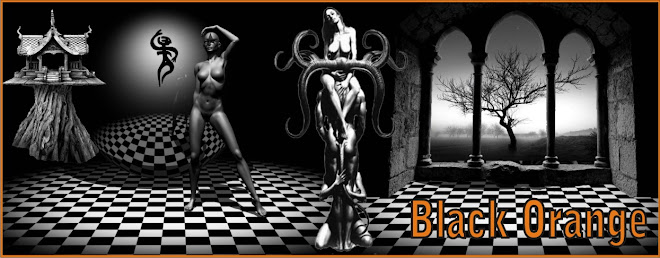A fractal is generally "a rough or fragmented geometric shape that can be split into parts, each of which is (at least approximately) a reduced-size copy of the whole," a property called self-similarity. The term was coined by Benoit Mandelbrot in 1975 and was derived from the Latin fractus meaning "broken" or "fractured." A mathematical fractal is based on an equation that undergoes iteration, a form of feedback based on recursion.
A fractal often has the following features:
It has a fine structure at arbitrarily small scales.
It is too irregular to be easily described in traditional Euclidean geometric language.
It is self-similar (at least approximately or stochastically).
It has a Hausdorff dimension which is greater than its topological dimension
(although this requirement is not met by space-filling curves such as the Hilbert curve).
It has a simple and recursive definition.
Because they appear similar at all levels of magnification, fractals are often considered to be infinitely complex (in informal terms). Natural objects that approximate fractals to a degree include clouds, mountain ranges, lightning bolts, coastlines, and snow flakes. However, not all self-similar objects are fractals—for example, the real line (a straight Euclidean line) is formally self-similar but fails to have other fractal characteristics; for instance, it is regular enough to be described in Euclidean terms.
Images of fractals can be created using fractal generating software. Images produced by such software are normally referred to as being fractals even if they do not have the above characteristics, as it is possible to zoom into a region of the image that does not exhibit any fractal properties.
Images of fractals can be created using fractal generating software. Images produced by such software are normally referred to as being fractals even if they do not have the above characteristics, as it is possible to zoom into a region of the image that does not exhibit any fractal properties.

The Mandelbrot set is a famous example of a fractal


















No comments:
Post a Comment